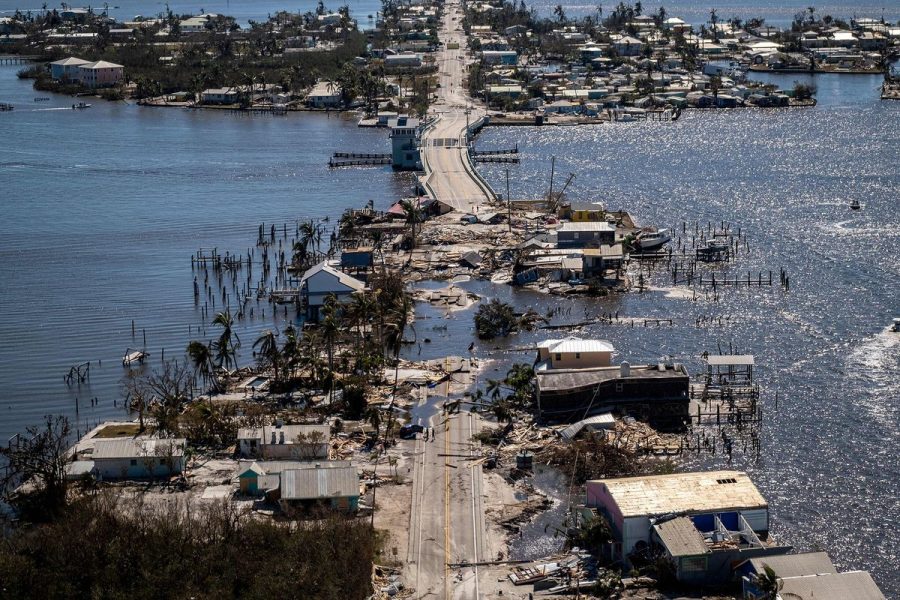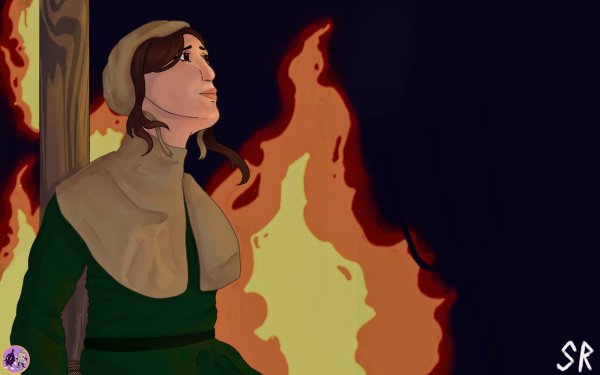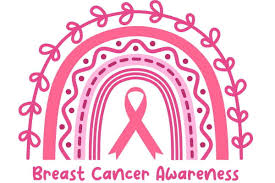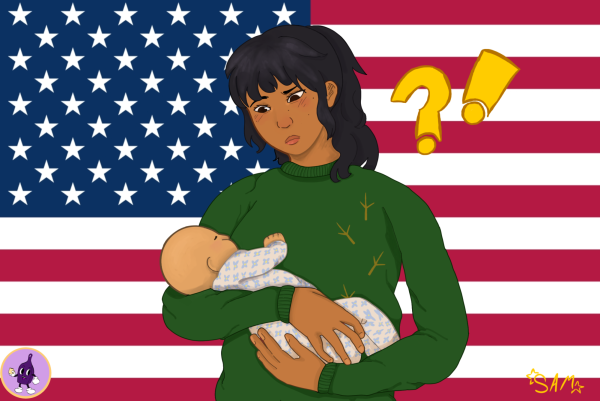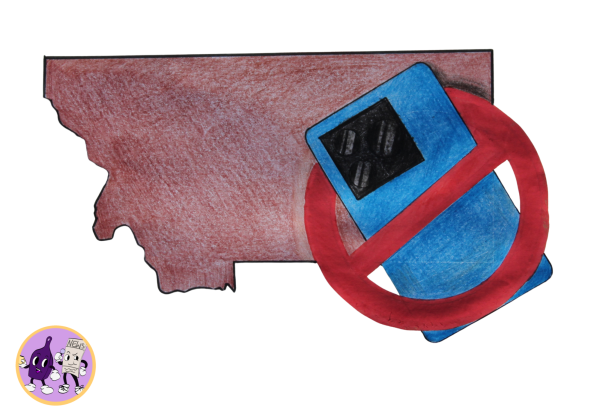HURRICANE IAN
Hurricane Ian hit Florida september 28th and It is the deadliest hurricane to hit Florida since the 1935 Labor Day hurricane. It is a catastrophic category 4 hurricane and has caused damage across Cuba and the Southeast of the United States. With winds of 155 mph and floods up to 12 feet, there have been at least 3,000 buildings destroyed and at least 40,600 people displaced and 106 people dead as of October 9th.
Hurricane Ian
hit Florida
september 28th
and It is
the deadliest
hurricane to
hit Florida since
the 1935 Labor
Day hurricane.
A big concern for homeowners being affected by this hurricane is house flood insurance. A lot of the counties having significant amounts of flooding have reported up to only 4% of their citizens having federal flood insurance for their homes, the homeowners without flood insurance will be disappointed about their homes recovery process after the Hurricane has passed. While people without flood insurance are still eligible for assistance payments from FEMA, many homeowners will only receive a small amount back from all the damage that was done. The floodwaters are now running through most countries like rivers, pushing people to use kayaks and other water devices as transportation.
Hurricanes are nightmares that affect all the residents of where it has been hit. They carry waves that are able to destory buildings on the coast as well as of winds that release the same amount of energy as 10 atomic bombs if large enough. Slow moving hurricanes produce more rainfall and are able to cause more damage with flooding then more powerful hurricanes. Along with causing bad floods and deadly winds, they are also able to cause Tornadoes and rip currents. While Hurricanes cause home destruction, they cause a lot more damage than you would immediately think of such as; destruction of energy and chemical facilities and gas stations releasing toxic chemicals and pollutants into the environment. With the loss of crops, homes, major business and releasings of toxic chemicals, you can see how hurricanes are so hard to recover from as a nation.
The recovery process after a powerful hurricane on average is 14 months and the ecosystem that’s affected in the hurricane takes up to 10 years to recover and go back to a semi-healthy state. Even after the storm has passed the environment is still extremely dangerous due to live fallen power lines, hanging tree branches, flooding, damaged roads and even upset wildlife like Alligators. One of the major concerns after a hurricane hits is the state of a homeowners home, it being rare that the home is unaffected you can say that insurance companies are very busy after a hurricane hits. Even with insurance agencies, government disaster programs and volunteer work provided by other counties and states, it still takes years for an environment to go back to normal.
Hurricane Ian has been ranked as one of the most destructive and deadliest Hurricanes in U.S history, with landfall in SouthWestern Florida after causing destruction in Jamaican islands and Cuba then the storm turning around and affecting South Carolina and the Gulf Coast of Mexico. The storm won’t last much longer according to The National Environmental Satellite Data and Information and insurance agencies are already at work with homeowners.
To contribute and help those who have been affected you can visit Save the Children or visit www.FloridaDisasterFund.org.
Sources:
https://www.savethechildren.org/us/what-we-do/emergency-response/hurricane-ian-how-to-help
https://www.fema.gov/disaster/hurricane-ian
https://www.nhc.noaa.gov/ https://www.npr.org/2022/10/08/1127511130/hurricane-ian-southwest-florida-clean-up-recovery-gasparilla-island

My Name is Nora Peragine and I'm a senior here at Sentinel. I danced for 13 years and just recently quit due to a ongoing injury so I have lots of free...



